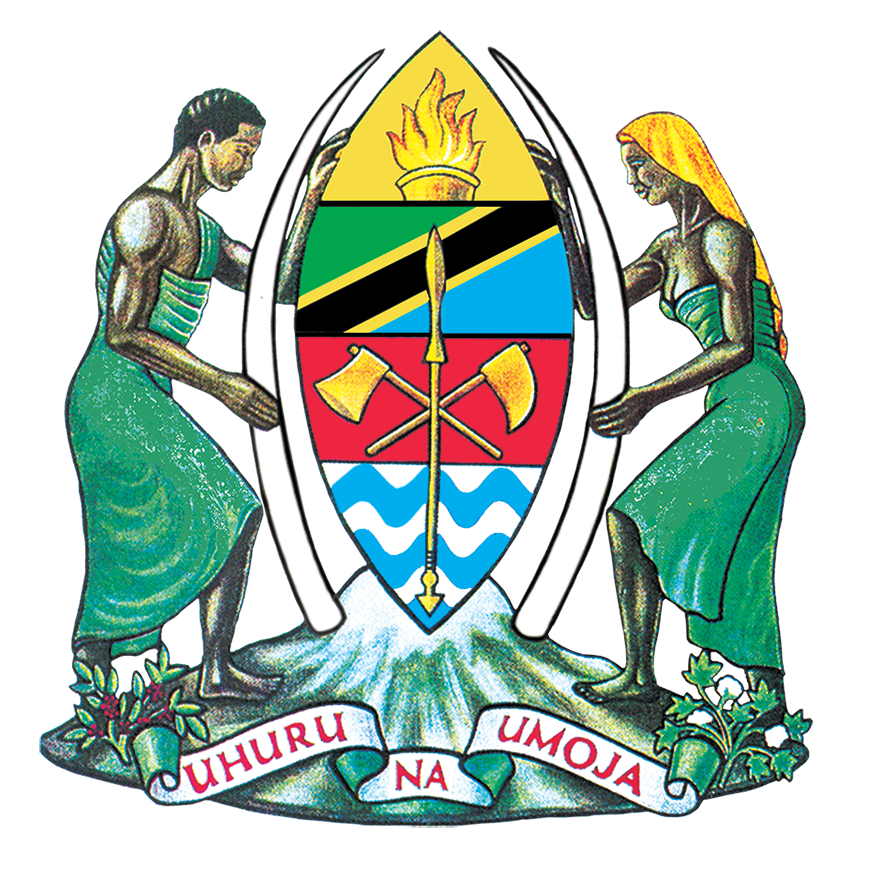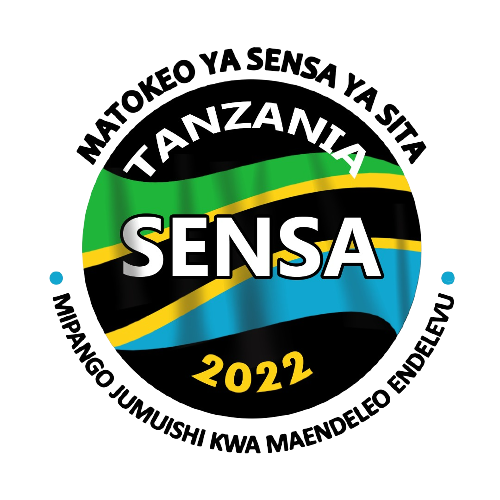Plant breeding

Tobacco research institute of Tanzania (TORITA) is involved in breeding of tobacco varieties and seed multiplication.
Introduction
Tobacco research institute of Tanzania (TORITA) is involved in breeding of tobacco varieties and seed multiplication. Before the variety to be introduced to farmersunless it has passed Distinctiveness, Uniformity and Stability (DUS) test, evaluated through the National Performance Trial and recommended for release by the National Seed Committee.
The genetic make-up of tobacco varieties such as burley, flue-cured, dark air-cured and oriental differ in their production and curing. Tobacco plant can be selfed or cross-pollinated in a breeding program. In breeding techniques for tobacco, the pedigree breeding method is commonly used. The back cross-breeding technique is employed for disease resistance and the hybrid breeding in tobacco is used primarily to generate rapid results in the combination of desired characters. The primary focus of tobacco breeding results into improvement in yield and quality in a given unit of land, disease resistance, ease of handling and curing and chemical constituents. The primary role ofplant breeding division is to develop new tobacco varieties using the following steps, pedigree, backcross and recurrent.
Objective of plant breeding
The objective of breeding department is to develop and release tobacco varieties with wide adaptability and disease resistance to a wide range of agro-ecological regions capable of giving the highest possible yields and suitable chemical constituents for cigarette industry.
Procedures for tobacco breeding
Year 1: Hybridization of the selected parents.
Year 2: Natural self-pollination of F1 hybrids.
Year 3: F2 population is subjected to selection pressure for traits of interest and plant type.
Year 4: F3 population is subjected to selection pressure. Superior plants in the best lines are selected for traits of interest and plant type.
Year 5: F4 (as for F3)
Year 6: F5 lines are evaluated for traits of interest in a bulk block. Best lines and plants within lines are selected for further evaluation in the next generation.
Year 7: F6 lines are put in replicated trials for agronomic evaluation. Bulking of seed of stable lines.
Year 8: Evaluation of F7 elite breeding lines in small test plots and official variety testing (RCT/NVRTS & DUS)
Year 9: On-farm trials and small plot tests of F8 elite breeding lines.
Year 10: Registration & breeders’ rights, release of a variety.
Year 11: Seed multiplication of the new variety and distribution of certified seed to farmers.


